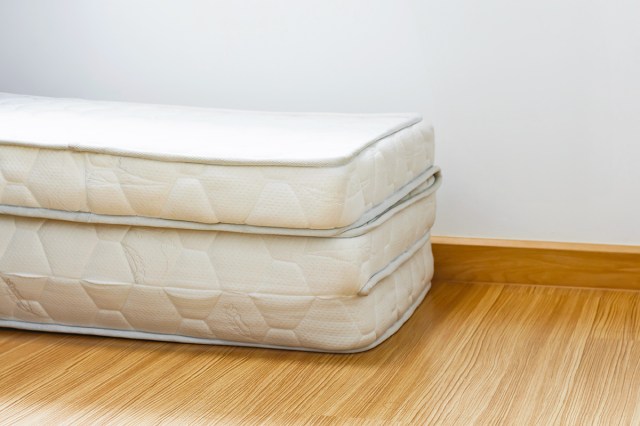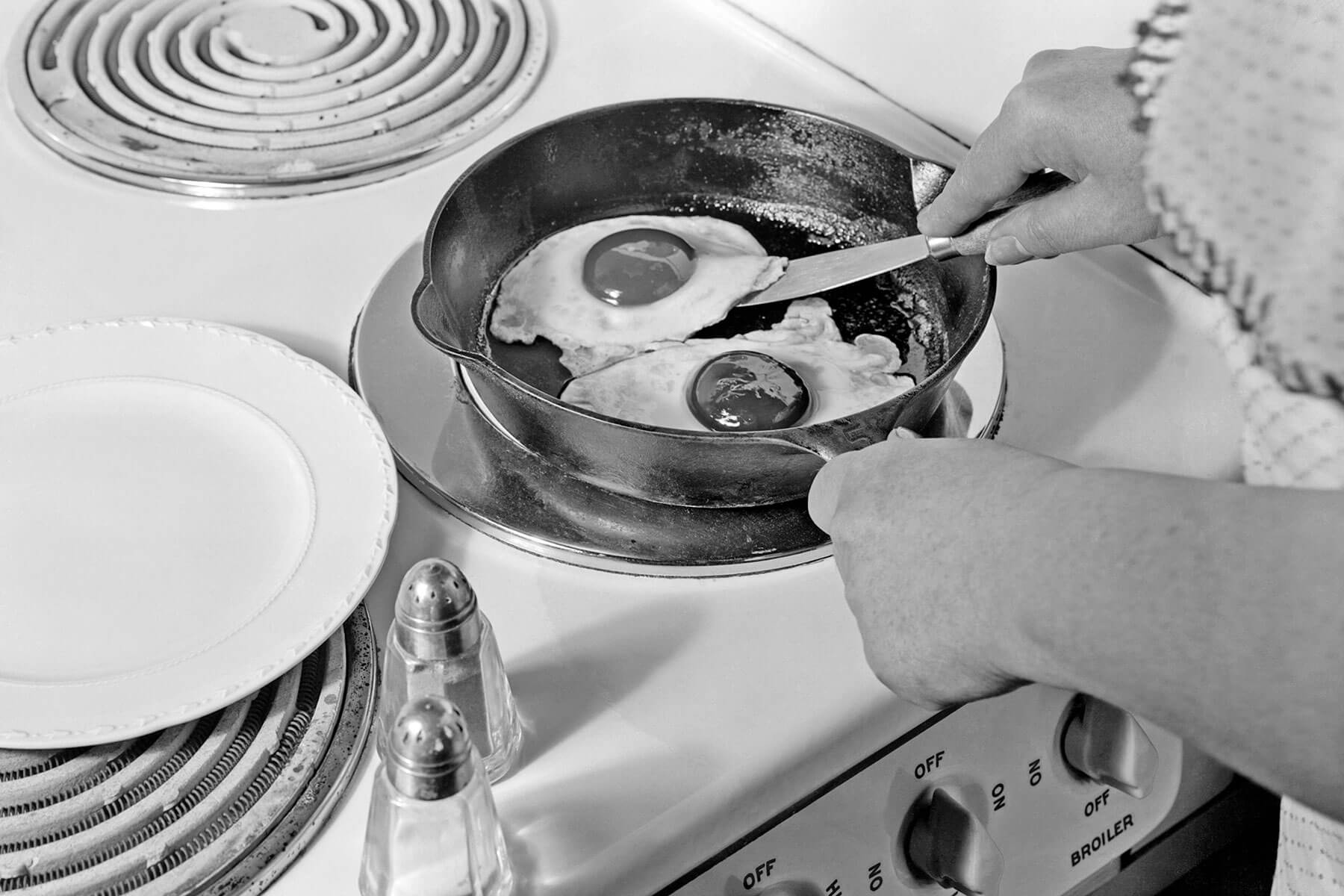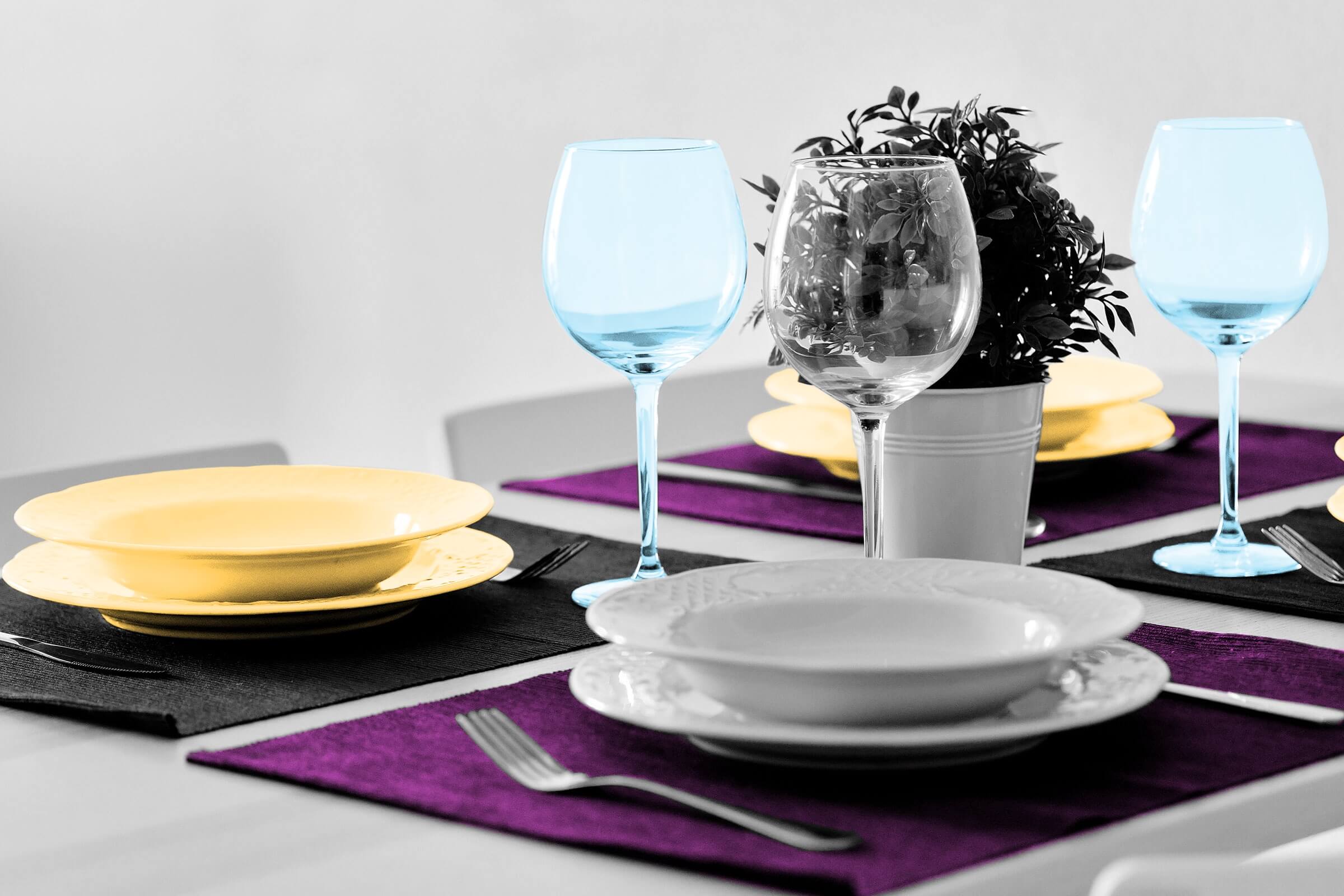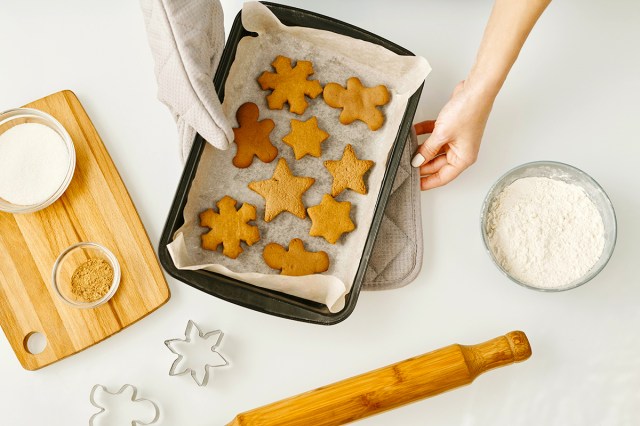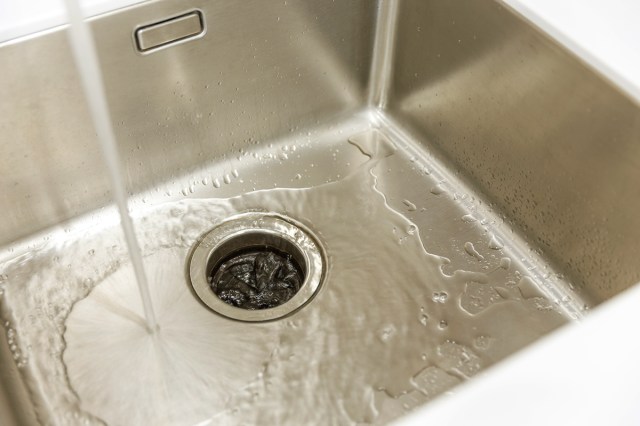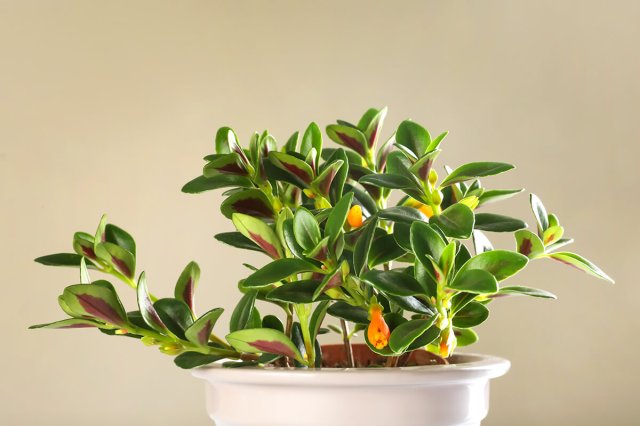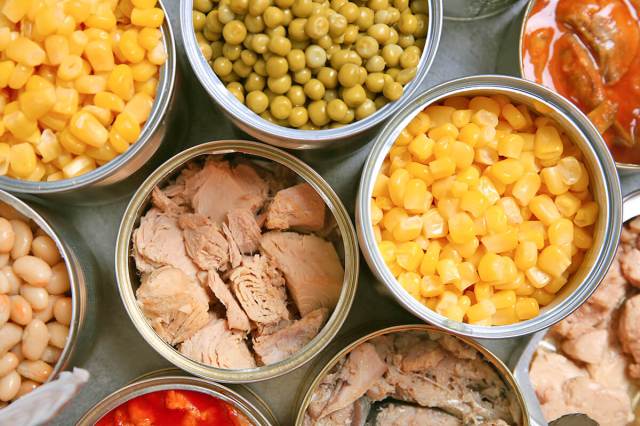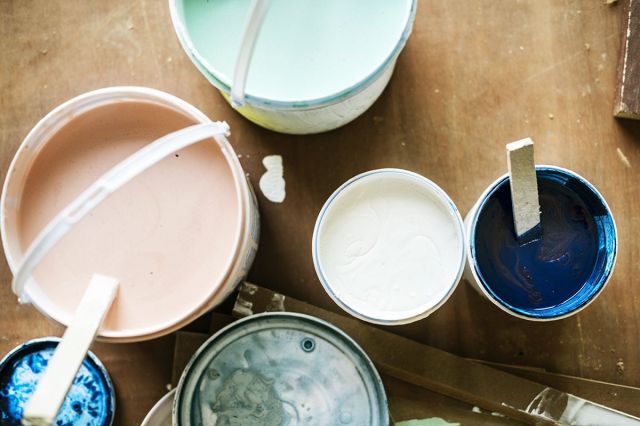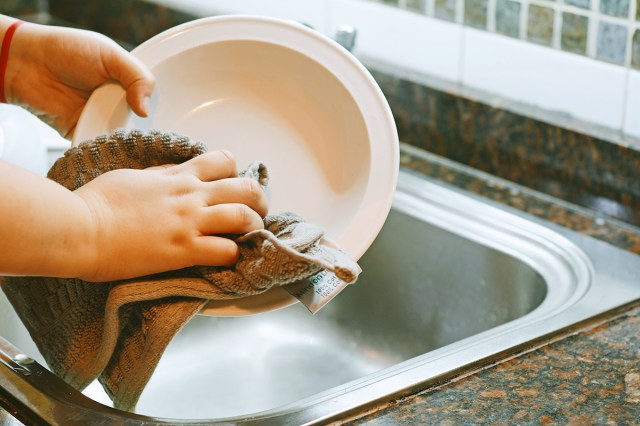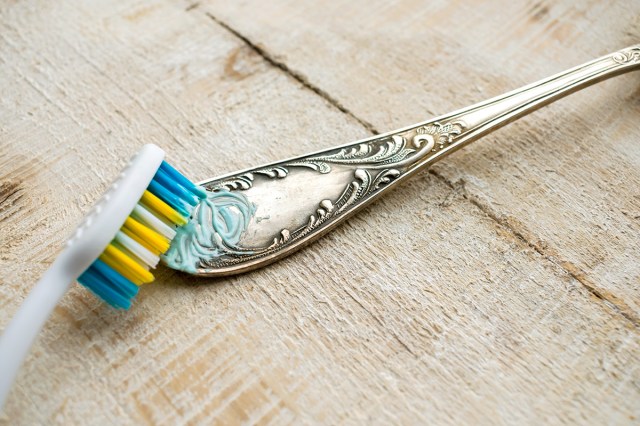For a host, the greatest compliment is when guests say, “I feel right at home!” What you don’t want is them moaning “ooh” and “oww” from a crick in their back, all thanks to a night of restless sleep on an air mattress. Your guests deserve a better sleeping setup, but what if you don’t…
Trust DIY-er Megan Olivotti-Krehbiel (@ahousetohomey) and invest in a foldable mattress and bed frame. Yes, those exist! A folding platform bed frame can be easily assembled with just a few screws, then topped with a thick, cushy, foam trifolding mattress. Add some cozy bedding, a couple of pillows, and voilà! Impromptu guest suite complete.
Not quite convinced? Let’s face it: Air mattresses aren’t that convenient. Not only are they unsupportive, but they’re also heavy and noisy, require significant storage space, are a pain to inflate and deflate, and are prone to slow leaks and punctures, especially if you have curious sharp-clawed four-legged friends.
More from our network
House Outlook is part of Optimism, which publishes content that uplifts, informs, and inspires.
Folding mattresses, meanwhile, are made of thick foam that won’t lose its shape and can be put together in mere minutes. They come in a variety of sizes, too, including single, twin, full, and queen. For an extra cozy night of z’s, add a mattress topper for guests who prefer a softer bed.
Bonus Tip: A trifolding mattress is convenient for more than just houseguests. Lay it on your living room floor for family movie nights or kids’ sleepovers.
While a folding bed is more expensive than an air mattress — you’re looking at around $300 for a mattress and frame, plus bedding and an optional mattress topper — it’s significantly cheaper than installing a Murphy bed. Plus, it’s a good investment to earn your title as the host with the most. Older guests will especially appreciate the softer landing, though keep in mind that folding bed frames are typically much lower to the ground compared to a traditional bed.


When it comes time to wave goodbye to your guests, the bed frame and mattress are just as easy to disassemble. Once folded, store the items in a closet, basement, or under your bed.







